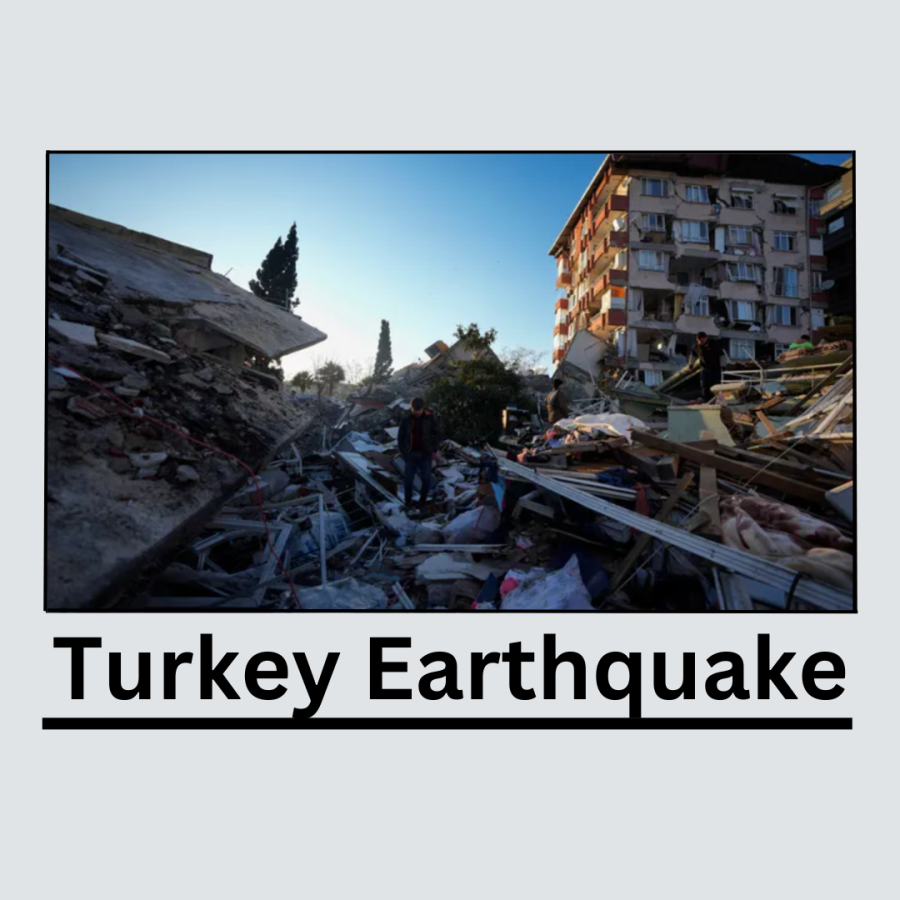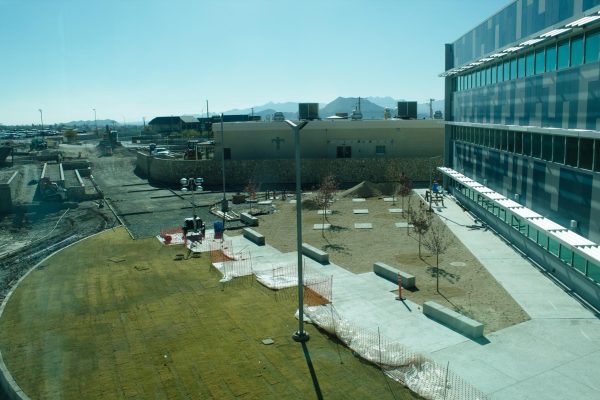Earthquakes Strike Turkey
The full scope of the damage is still unknown
On February 20th, Turkey was struck by an earthquake with a magnitude of 6.4, resulting in at least six confirmed fatalities and numerous injuries. The earthquake struck a region that had already been severely damaged by a series of powerful earthquakes on February 6, which killed 44,000 people in Turkey and Syria and left tens of thousands more homeless. The epicenter was close to the city of Antakya, which is close to the Syrian border. On Monday, structures which had been damaged by the prior quakes collapsed in both nations. According to Turkey’s disaster and emergency ministry, the most recent earthquake struck at 20:04 local time at a depth of 10 km.
The fact that Monday’s earthquake struck a region that was mostly abandoned after being severely damaged by the quake on February 6 likely contributed to a low death toll. As paramedics and rescue teams worked to get to the worst-affected regions, where the walls of badly affected buildings had collapsed, reports from the city of Antakya highlighted the terror and panic in the streets.
Muna al-Omar, a resident, cried as she clutched her 7 year old son, while speaking to Reuters news agency. “I thought the earth was going to split open under my feet,” she added. She had been in a tent in a park in the city center when the new earthquake hit.
When the most recent earthquakes struck, 18-year-old Ali Mazlum told the AFP news agency that he was searching for the remains of family members from the earlier quakes. “You don’t know what to do… we grabbed each other and right in front of us, the walls started to fall,” he said.
Additionally, the Turkish government has also vowed to punish anyone responsible for the poor building work that contributed to the initial earthquake’s fatalities. Turkish President Tayyip Erdogan stated during a visit to the southern region of Osmaniye that “It is our duty to hold the wrongdoers accountable before the law,”
More than 100 arrest warrants were issued shortly after the earthquake in relation to the construction of the buildings that collapsed during the quake, which some perceived as an attempt to shift responsibility for the disaster. Orhan Tatar, the director of Turkey’s disaster and emergency service, issued a warning to individuals in the impacted areas on Tuesday as recovery operations after the most recent earthquake proceeded.
The earthquake has once again revealed Turkey’s vulnerability to natural disasters as well as the weaknesses in its infrastructure and construction standards. Building safety in Turkey has become a growing problem in recent years due to the fact that many of them were built without the necessary permits or regulatory control.
A significant housing problem has also been plaguing the nation, with an increasing number of individuals being priced out of the housing market as a result of skyrocketing real estate costs and a shortage of affordable options. This has caused many people to live in unofficial communities or build their own residences, frequently without the required licenses or safety features.
A series of major earthquakes that have recently occurred have made the issue worse by exposing the risks associated with poor building standards and the critical need for improvements. The deadly February 6 earthquake, which occurred in the same area as the earthquake on Monday, prompted widespread calls for immediate action to reform building laws and regulations.
Since then, the Turkish government has agreed to implementing a number of policies targeted at enhancing building security and reducing the risk of earthquakes in the future. They include tighter building codes, stricter enforcement of laws, and the establishment of a new body to oversee building and construction standards.
Many critics contend that these actions must be taken further in order to address the underlying structural and social issues that contribute to Turkey’s housing crisis. They include the excessive cost of land, the lack of accessible credit, and the lack of political willingness to address the nation’s corruption and inequality.
In addition to Turkey’s government addressing the major issues brought to light as a result of the Earthquakes, the Earthquakes are also impacting the academic world. Scientists are closely examining the incident as rescue attempts go on, utilizing cutting-edge equipment to learn more about what happened and how to avoid similar tragedies in the future.
One such tool is the Sentinel-1A satellite, which gathered information on the earthquake in the early hours of Friday. The Sentinel can detect even minor changes in elevation at the Earth’s surface thanks to its radar instrument, that can sense the ground in any weather.
The generated map demonstrates the dramatic ground deformation along and close to the East Anatolian Fault line. The motion was “left-lateral,” which means that whichever side of the fault one was on, the opposite side had moved to the left – by several meters in some places. For both the 7.8-magnitude earthquake that struck initially and the 7.5-magnitude event that followed mass devastation occurred.
This information will eventually be integrated into risk assessments that Turkish officials will use to coordinate relief efforts as well as into scientists’ models for how earthquakes in the area operate. The data will also offer understandings that can aid in minimizing the impact of similar disasters in the future.
Although earthquake research is not new, brand new discoveries made possible by technology may one day assist in saving lives. While geologists used to map earthquake faults by traversing the paths of fracture, this inefficient method missed out on a lot of information. Today, within hours of a recent earthquake, scientists can produce detailed maps using radar imaging systems from space.
Technology will continue to be important in understanding and reducing the impact of natural disasters as time passes. Using it, we can take action to minimize the harm they create and save more lives in the future by using satellite data to better understand how earthquakes function.
These contributions along with reform from Turkey and Syria’s government will contribute to making Earthquakes in this region less devastating and assist in making the entire world more prepared for tremors and minimize their lethality. While technology and political reform are taking place after the fact, rescuers & search parties will continue to look for survivors and begin to assess the damages.












